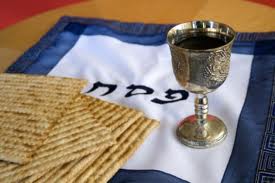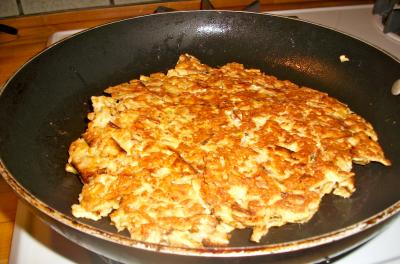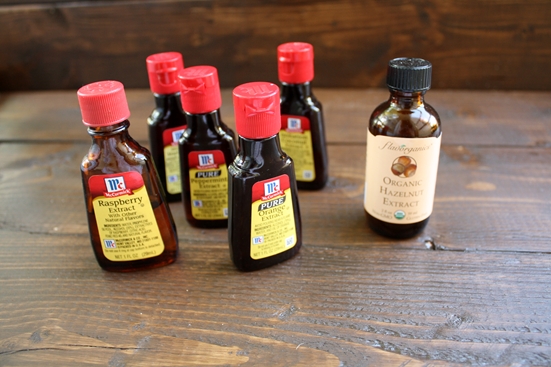Spring 2025
Over the years, I have been invited on multiple occasions to speak at various girls’ high schools in Lakewood about the impact of astronomy on the Jewish calendar and halachic zmanim. The inherent message I have aimed to give over is that one needs a basic understanding of math and science to fully comprehend certain halachic issues.
For example, the earth’s rotation on its axis is the basis of zmanei hayom (halachic times of the day) that are so much a part of our lives with regard to davening times and knowing when Shabbos and Yom Tov begin and end. One needs to know how the moon rotates around the earth to better understand Rosh Chodesh and the Jewish calendar. Indeed, Chazal had keen insights into scientific topics that were discovered hundreds of years later by researchers.
Investigating how a product is manufactured and analyzing the composition of the raw materials […]













 STAR-D
STAR-D STAR-S
STAR-S